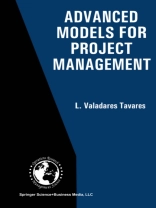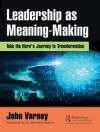More than forty years have passed since the early attempts to model projects. A large domain of theoretical developments has grown producing a high number of analytical and numerical results, but it seems that the main model is still the same: the concept of project network. This concept has come to represent the two major features underlying the notion of a project: the sequential and the competitive nature of its components, the project’s activities. Actually, the sequential property defines the structure of the project and the competitive nature stems from the use of common resources (facilities, goods, equipment, management, etc.) to carry out the different activities. However, significant advances have been achieved in project modelling, allowing the production of much more powerful results: A. the concept of precedence and the description of activities has been generalized to produce a wide range of realistic representation of projects. B. the stochastic study of the features of projects such as the duration and cost of their activities is carried out by several analytical and numerical models, allowing experimental and forecasting analyses. C. the allocation of resources can be now studied for more complex situations and restrictions. D. the financial description of projects is more accurately studied and its optimization is thoroughly pursued. E. the assessment and the evaluation of projects now can be studied within the framework of multicriteria decision theory considering multiple perspectives and supporting the project manager to select the most appropriate compromises between risk, time and expected gains.
L. Valadares Tavares
Advanced Models for Project Management [PDF ebook]
Advanced Models for Project Management [PDF ebook]
Dieses Ebook kaufen – und ein weitere GRATIS erhalten!
Sprache Englisch ● Format PDF ● ISBN 9781441986269 ● Verlag Springer US ● Erscheinungsjahr 2012 ● herunterladbar 3 mal ● Währung EUR ● ID 4659060 ● Kopierschutz Adobe DRM
erfordert DRM-fähige Lesetechnologie












